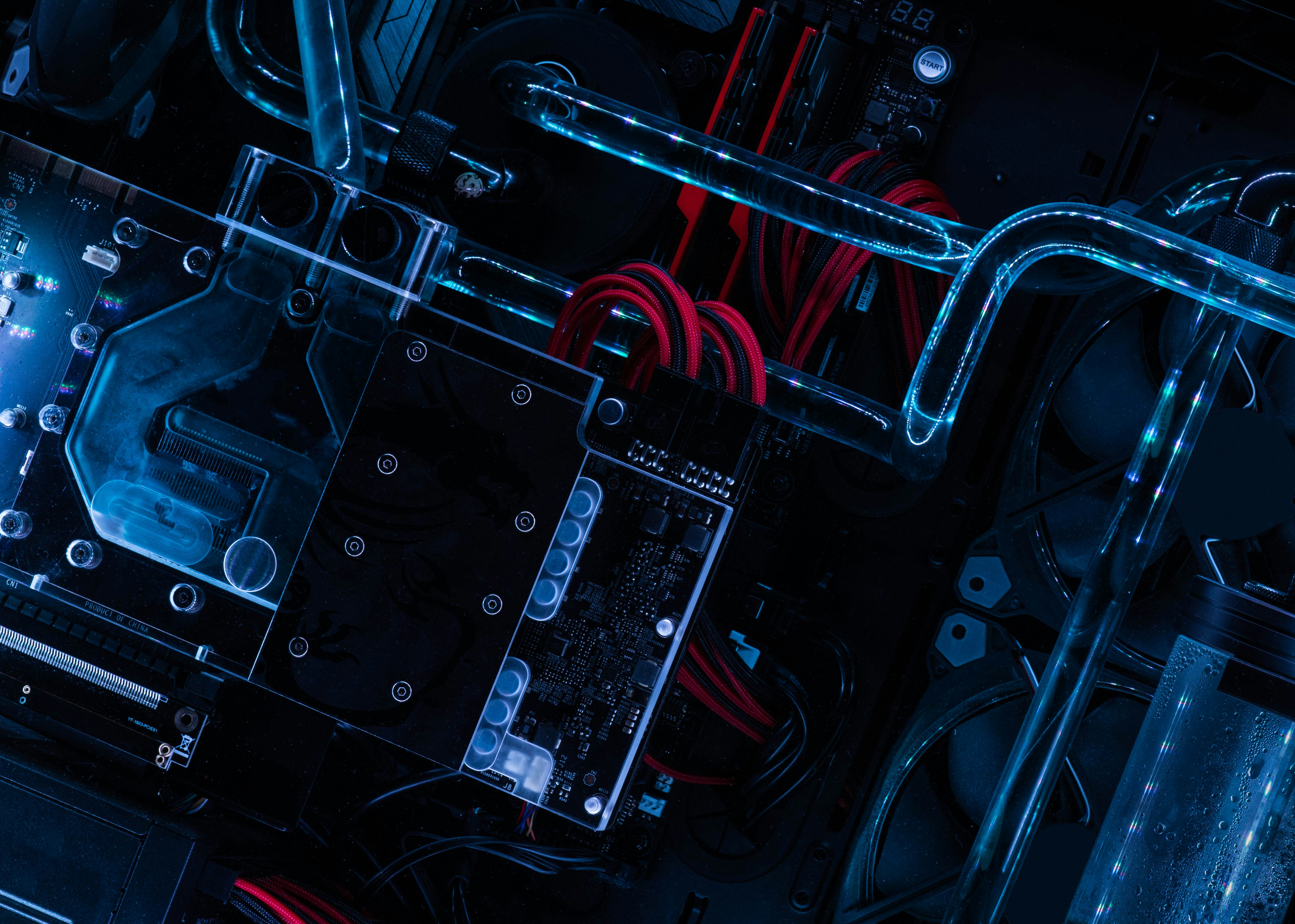Related Jobs
View all jobsElectrical and Electronic Design Engineer
Control System Engineer
Inspection and Test Technician
Assembly Technician
Electronics Engineer / Test and Repair
Subscribe to Future Tech Insights for the latest jobs & insights, direct to your inbox.
Industry Insights
Discover insightful articles, industry insights, expert tips, and curated resources.

Top 10 Skills in Robotics According to LinkedIn & Indeed Job Postings
Robotics is undergoing a transformation—from factory automation to smart cobots in healthcare, logistics, and housing construction. In the UK, increased investment in robotics is creating substantial demand for professionals who can blend mechanical, electrical, software, and AI expertise with practical integration skills. So, what are employers looking for in 2025? By reviewing UK job advertising trends on LinkedIn and Indeed, this article identifies the Top 10 robotics skills in demand—and shows how to highlight them on your CV, in interviews, and through impactful projects.

The Future of Robotics Jobs: Careers That Don’t Exist Yet
Robotics has shifted from science fiction to reality. Machines that once only appeared in novels or films are now operating on factory floors, delivering parcels, assisting surgeons, and even exploring Mars. Robotics is no longer a niche discipline—it is a cornerstone of the fourth industrial revolution. Globally, the robotics market is forecast to grow into the hundreds of billions within the next decade. In the UK, the sector is increasingly important to economic growth, productivity, and national strategy. From the Bristol Robotics Laboratory to the Edinburgh Centre for Robotics, the country is home to pioneering research. Start-ups in London and Cambridge are working on drones, service robots, and medical robotics, while multinational companies base their advanced engineering centres in the UK. Government investment is supporting the development of autonomous systems, with robotics identified as a priority in the UK’s Industrial Strategy. With applications in aerospace, agriculture, defence, logistics, healthcare, and space, robotics has the potential to transform how people live and work. And yet, we are still only in the early stages. As robotics converges with artificial intelligence (AI), machine learning, edge computing, advanced materials, and biotechnology, entirely new careers will appear. Many of the most impactful robotics jobs of the future don’t exist yet. This article explores why robotics will create new jobs, the roles most likely to appear, how current positions will evolve, why the UK is well positioned, and what professionals can do to prepare now.

Seasonal Hiring Peaks for Robotics Jobs: The Best Months to Apply & Why
The UK's robotics sector has established itself as one of Europe's most innovative and rapidly expanding technology markets, with roles spanning from junior automation engineers to principal robotics scientists and heads of robotics development. With robotics positions commanding salaries from £32,000 for graduate robotics engineers to £100,000+ for senior principal engineers, understanding when organisations actively recruit can dramatically accelerate your career progression in this transformative and continuously evolving field. Unlike traditional engineering roles, robotics hiring follows distinct patterns influenced by manufacturing cycles, government automation incentives, and robotics deployment timelines. The sector's unique combination of mechanical engineering, software development, and artificial intelligence creates predictable hiring windows that strategic professionals can leverage to advance their careers in building tomorrow's automated systems. This comprehensive guide explores the optimal timing for robotics job applications in the UK, examining how national automation strategies, manufacturing cycles, and robotics technology initiatives influence recruitment patterns, and why strategic timing can determine whether you join a pioneering robotics development team or miss the opportunity to develop the next generation of autonomous systems and intelligent automation.